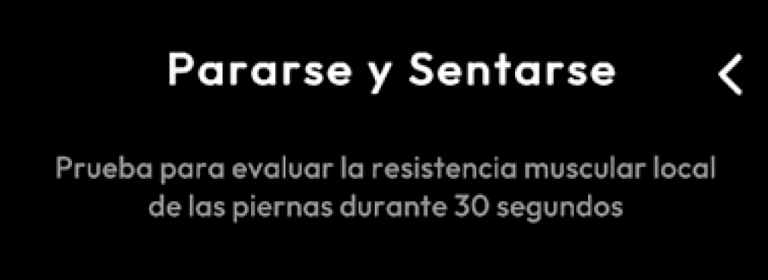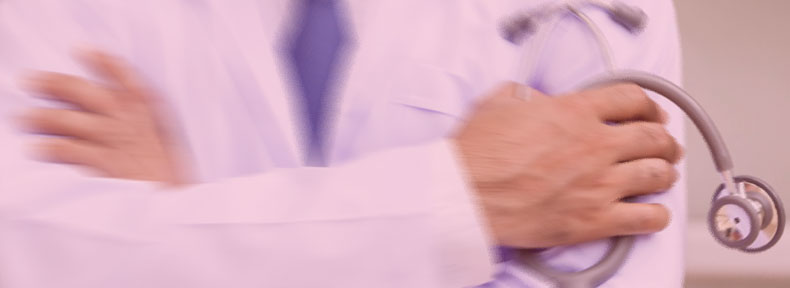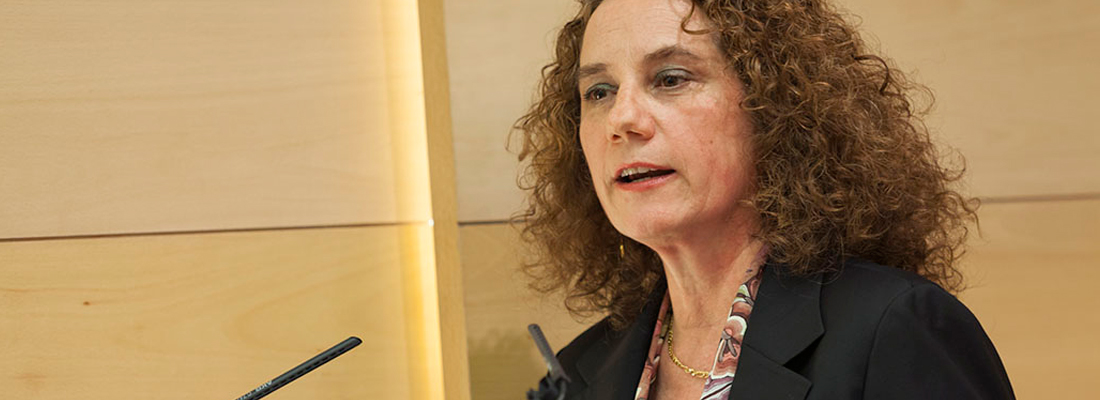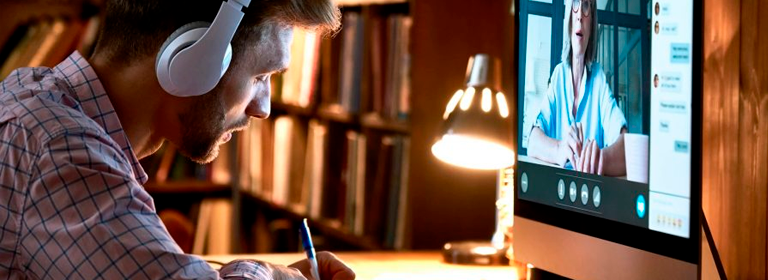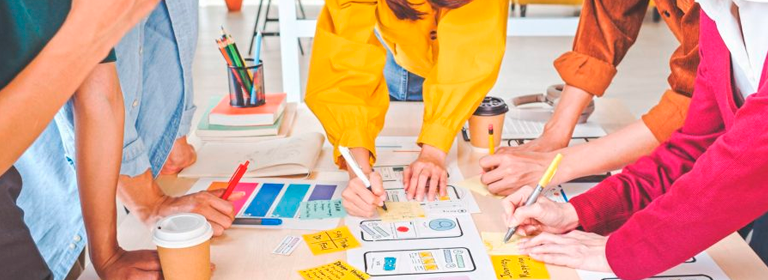Marco Cossio, PhD in Sports Sciences, heads a project that replaces the figure of the physical test evaluator with artificial intelligence.
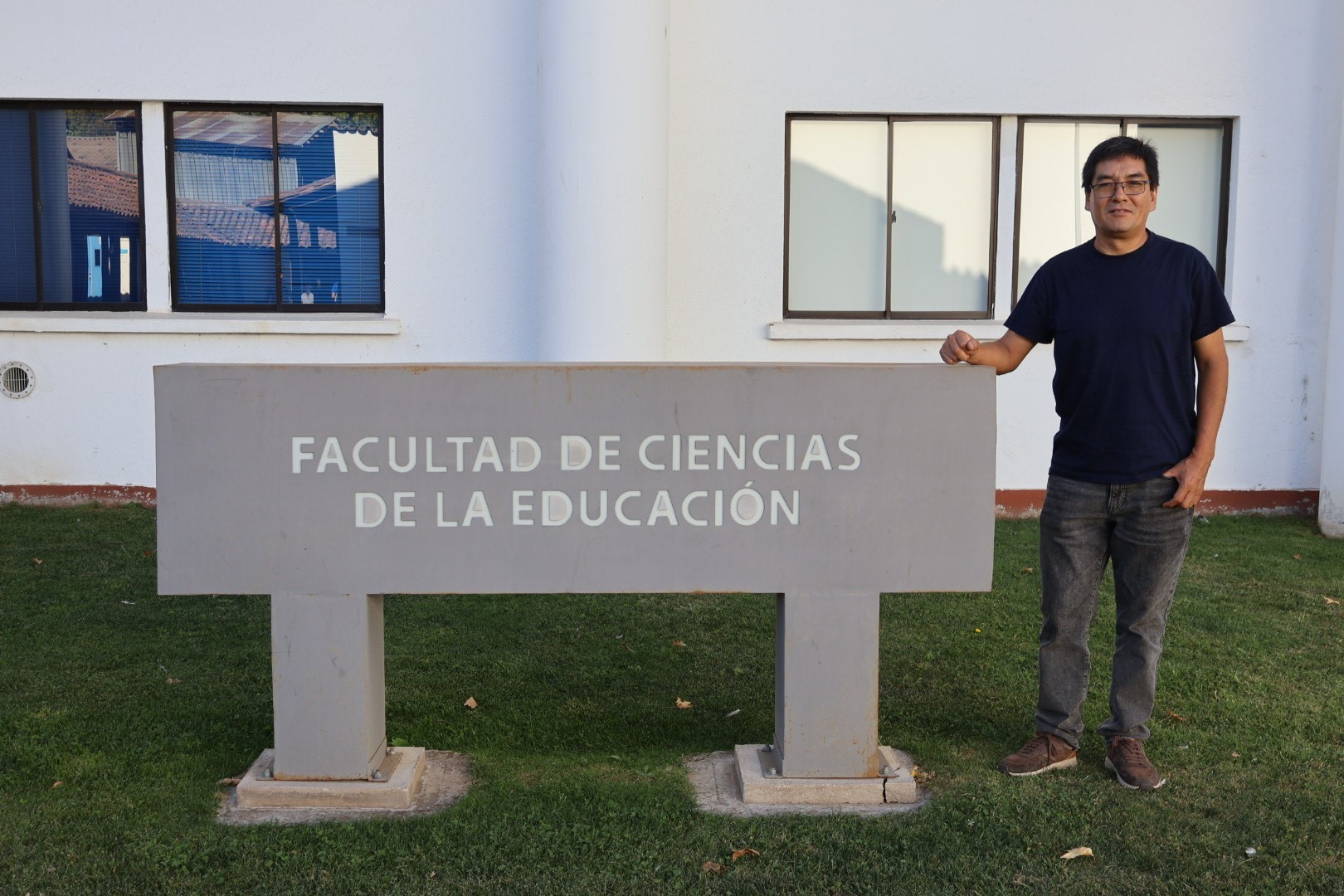 Eliminating the time and costs associated with transportation is one of the benefits of an application that would allow the elderly to perform physical tests in the comfort of their homes, without losing quality in the exam.
Eliminating the time and costs associated with transportation is one of the benefits of an application that would allow the elderly to perform physical tests in the comfort of their homes, without losing quality in the exam.
The app, called Fitrack, directs and monitors exercises, with immediate feedback.
«This technology would serve not only geriatricians or kinesiologists; it could even be installed in Family Health Centers (CESFAM). The proposal is to evaluate the functional fitness of older adults by means of a video camera,» said Marco Cossio, an academic from the Universidad Católica del Maule and principal investigator of the project financed by the National Fund for Scientific and Technological Development (FONDECYT).
 The initiative, which completed its two years of execution, is part of the explosion of applications that make it easier for users to take active breaks, anti-stress exercises and stretching, multiplied by thousands during the COVID-19 pandemic.
The initiative, which completed its two years of execution, is part of the explosion of applications that make it easier for users to take active breaks, anti-stress exercises and stretching, multiplied by thousands during the COVID-19 pandemic.
However, the solution proposed by the team headed by the UCM professor has a unique stamp.
«The software in this field works with fictitious values and we, on the other hand, evaluated 800 older adults in Maule, to create our own percentiles or categories. In other words, we are evaluating our reality without using data from abroad. This is very innovative,» he said.
The app is designed for individuals from 60 to 85 years of age and has tests that measure strength, flexibility, flexion and balance.
«For example, the app will prompt the user with a beep to stop and sit down for thirty seconds. Previously the person has entered their age, weight, height and gender. The app will tell whether their condition is excellent, average or at risk, which involves the danger of falling. For people at risk, the application suggests a visit to a kinesiologist or doctor,» said the academic.
The project has the support of Rossana Gómez-Campos, as co-investigator, and of engineers José Sulla-Torres and Pascual Figueroa, from Peru and Brazil respectively, as associate collaborators.

